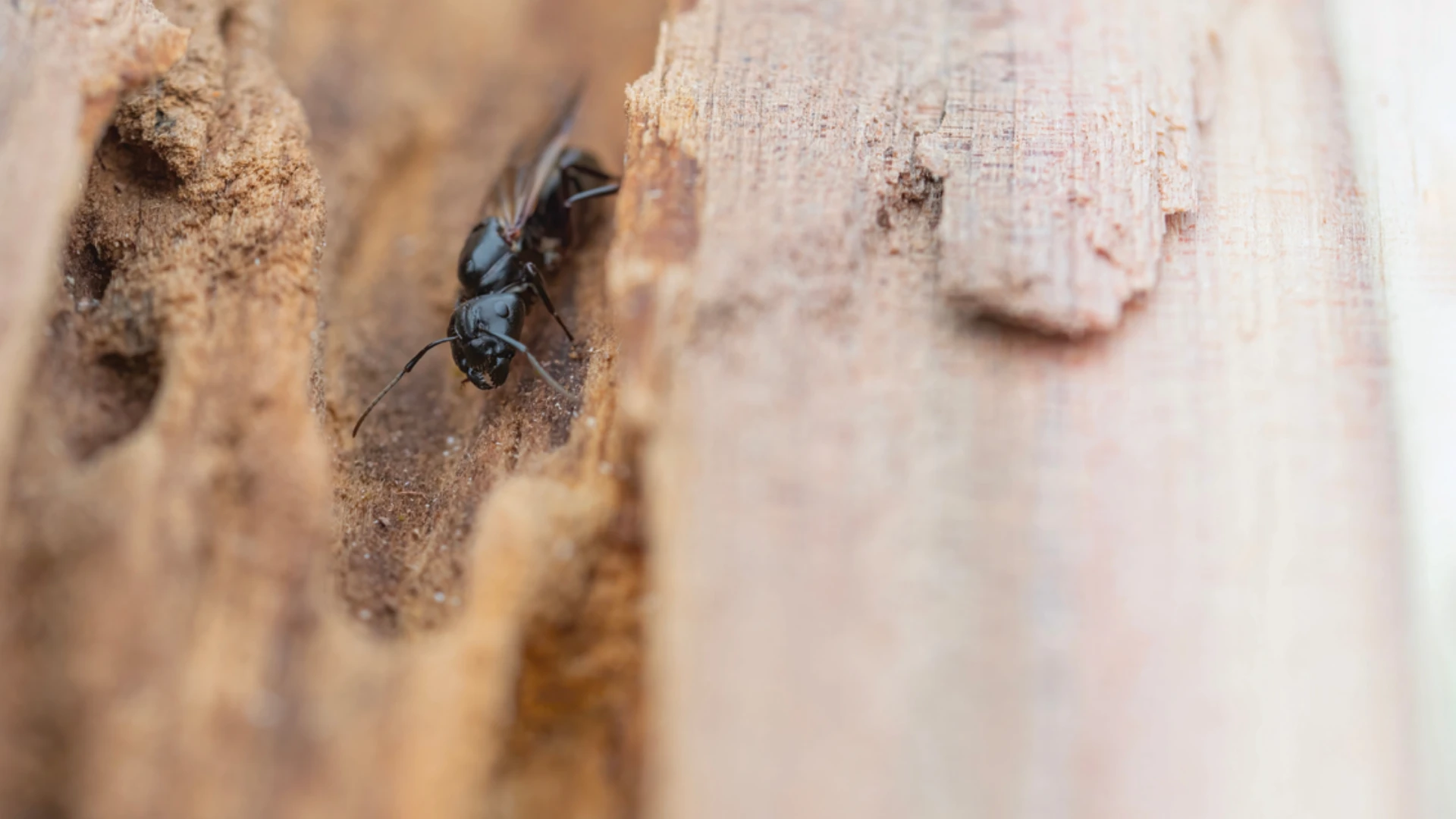
iStock | Jen Tepp
Editor’s Note: This article was reprinted with permission from Pinto & Associates.
Some of your customers may be noticing the presence of sluggish stink bugs inside this spring. The brown marmorated stink bug, Halyomorpha halys, is an outdoor plant-feeding insect that overwinters in structures when given the opportunity. It first appeared in Pennsylvania in the late 1990s and rather quickly expanded its range to 48 states and parts of Canada. The Asian bugs have been successful invaders in the U.S. because they feed on more than 300 different fruit trees, field crops, and shade trees, they fly, and they are notorious hitchhikers.
The brown marmorated stink bug (BMSB) has piercing-sucking mouthparts and belongs to the insect order of true bugs. The adult bug is a good size at 1/2 to 5/8-inch (12-17 mm) long. It's a mottled brownish-gray in color with alternating white and dark markings along the outer edges of its abdomen. Its antennae are broadly banded with white; legs have less noticeable banding. Immatures are somewhat similar in shape to adults but are wingless and without the "broad-shouldered" shield shape of the adult. Hatching nymphs are red-orange and black, becoming more brown with each molt. BMSB nymphs have a single white band on each leg and on each antenna.
The bugs normally overwinter under tree bark or in similar sites but will shelter under grill covers, in folded patio furniture, or any place that offers protection. Window air conditioning units are a common entry point into homes. Once they're inside, it is difficult to find and control the hidden bugs. Typical hiding places are in attics, wall or ceiling voids, and behind baseboards or window or door trim. Despite research to develop light traps and pheromone traps for use indoors, the best controls remain late season exterior perimeter treatments, pest-proofing to keep them out, and a vacuum to collect stragglers. They don't bite or sting or reproduce indoors, but when disturbed or crushed, they live up to their name by releasing a strong odor that some say smells like cilantro.
Brown marmorated stink bugs are nuisance, overwintering pests that make their appearance in structures in fall as they move in, and again in spring. During winter, they remain in hiding but may appear briefly during warm spells.
The authors are well-known industry consultants and co-owners of Pinto & Associates.
Latest from Pest Control Technology
- Rose Pest Solutions Becomes Official Pest Provider of Chicago Fire FC
- WSPMA Hosts Legislative Day at Washington State Capitol
- A-1 Pest Control Marks 59 years in Business
- Hawaii PCO Shares Regulatory Challenges, Business Impacts from Lahaina Wildfires
- 5 Tips for Reducing Waste in the Office and in the Field
- OvoControl Now Available in Chile
- Envu Announces Savings Programs for Pest Management Professionals
- Follow the Trail





